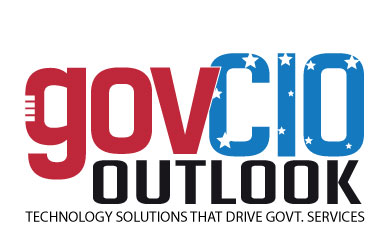Welcome back to this new edition of Gov CIO Outlook !!!✖
DECEMBER - 20209GOVERNMENT CIO OUTLOOKinformation about a student's academic performance.Once issued, the graduate owns the file but cannot alter its contents (as doing so would void the timestamp and cryptographic signature of the file). However, he or she can freely send this file to potential employers, as if it were a certified true copy of a physical ink-and-paper document. An employer who receives the digital representation can then check the authenticity of the file against the public ledger using our certificate store interface (https://opencerts.io/).As a student, you won't have to change the way you interact with potential employers, and that's the beauty of the OpenCerts platform. Educational institutions will also substantially reduce the time spent on re-issuing certificates and vouching for their authenticity.Is blockchain and DLT suited for your organisation?OpenCerts is just one of the many applications of DLT. The true power of DLT comes from the network effect of adoption; the more the merrier. That said,it is not suited for every project or organisation. Before you take the plunge and jumped right into DLT, consider the following questions.· Is there a need for a shared database among multiple transacting parties? · Do you really need an immutable, non-modifiable and verified log of transactions? · Are the rules of transacting the same for all parties involved? If the answer to these questions is "yes", only then should you proceed to consider which type of DLT is suitable.This brings us to another key consideration, scalability which is closely tied to consensus protocol - the way transactions are validated on the network. Having an appropriate consensus protocol is integral in DLT. Otherwise, you could be worse off than using a traditional centralized database.These consensus protocols, as they are referred to by the DLT community, could be as simple as a single person giving his or her stamp of approval, or it could require every entity on the network to do a round of fact-checking and problem solving before a transaction is deemed valid.The latter method, which Bitcoin and Ethereum are using, has performance challenges--transactions can take an average of five minutes to be validated, which may not be fast enough for many enterprise needs. Fortunately, there are many initiatives that tackle these scalability limitations, and some of them are highly promising.Low hanging fruits?To stay ahead of the curve, you can consider use cases that do not require stringent performance - such as notarising credentials for marriage, education, birth, death and driving licenses, and are used across countries.Governments are in a unique position to build open and trusted digital platforms, on top of DLT. OpenCerts is one such platform where companies can then develop products such as credential issuance system, workflow systems and edu-wallets for institutions and students.This is the beginning of many possibilities.
< Page 8 | Page 10 >
< Page 8 | Page 10 >
